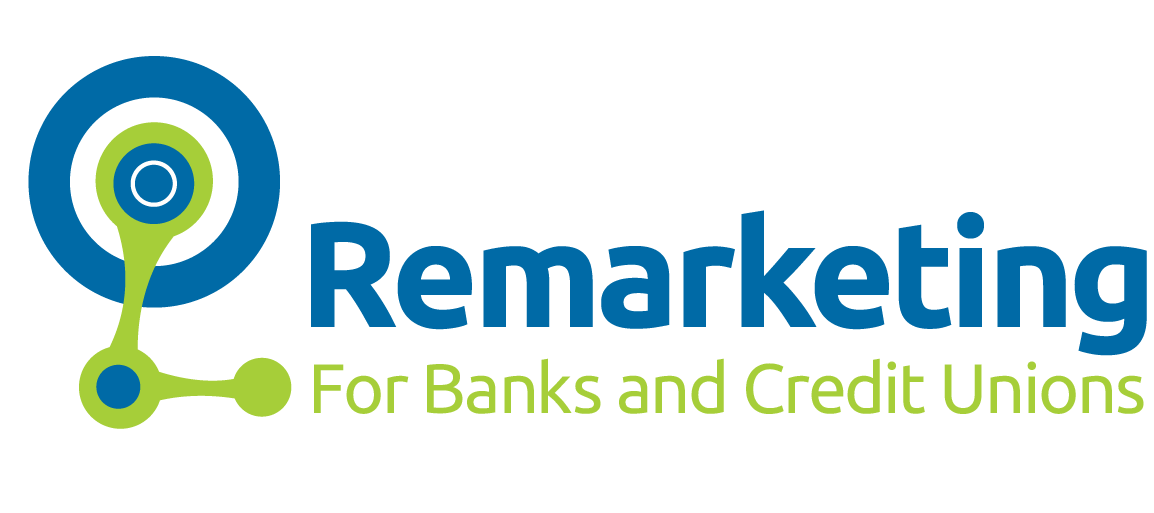Remarketing. It’s the piece of digital marketing that lets you find out what your spouse is buying you for Christmas and tells anyone looking at your web browser what sites you shop on in big, bold web banners. It’s also one of the most effective tools we have in our kits for brand awareness and product marketing reinforcement.
Your remarketing – just like your entire digital presence – needs a strategy, too. Once upon a time, it was perfectly acceptable to create one remarketing campaign and run with it. But our need to create personalized marketing experiences – and consumers’ desire to experience marketing on a personalized level – requires refined remarketing techniques.
Remarketing works by tracking website visitors by placing cookies on their web browsers or devices. Then, those cookies correspond to remarketing code and serve up relevant advertisements on other websites or social media platforms.
The example I always use: the pair of shoes that follow you across the internet. (If you have never experienced this, shop for some shoes on Zappos.com, and then start surfing the web.)
Your remarketing strategy requires that you present the most relevant ads possible to the people who have visited your site. In effect, if someone has visited your Checking Accounts page, they should begin to see remarketing ads for your checking account. Not just the bank brand.
Typically, I will categorize a remarketing strategy into one of three executable options for MarketMatch clients:
- Broad Remarketing: Used primarily in the “Awareness” phase of the buyer’s journey, when there is a separate landing page in use or for large rebranding/brand awareness campaigns. This strategy requires fewer specific ads to be created and will typically drive traffic back to the same spot.
- URL Path Remarketing: This type of remarketing is used in the “Consideration” phase of the buyer’s journey. When you have a website visitor that enters the site from either organic searches or referral links, and then visits a specific (or multiple) pages on your site. Remarketing ads are then served for the specific pages they visited.
- Non-Complete Remarketing: This remarketing is used at the end of the “Consideration” phase of the buyer’s journey to move the user toward Conversion. When you have a visitor to a page on your site or landing page that does not complete the desired action or click the desired link. This remarketing is usually generated from paid traffic. The remarketing targets the user to bring them back to a page to complete the action and convert.
These categories will usually work in conjunction with one another in one remarketing strategy, depending on what the campaign objectives are. The key is to understand which tactic belongs where and ensuring users are remarketed to in a way that is relevant to them.
For more digital tips and tricks, check out MarketMatch’s white paper, Going Digital Without Limits!



